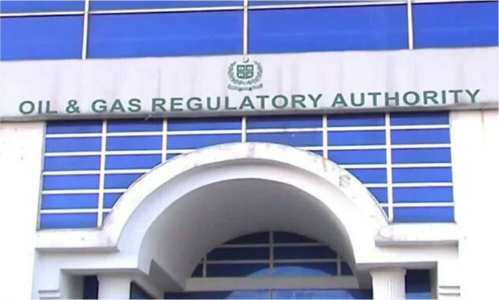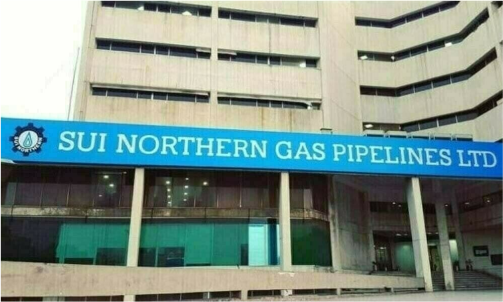Engro Elengy Terminal Private Limited (EETL) could not expand its re-gasified liquified natural gas (RLNG) capacity due to red-tapism, while the approvals are awaiting clearance from National Accountability Bureau (NAB), The News learnt on Wednesday.
Sources said Sui Southern Gas Company (SSGC) is not giving necessary approvals on account of unsubstantiated excuses, like violation of procurement rules and NAB inquiries. “Neither EETL nor its partner is implicated in any NAB inquiry. Misinformation of this degree is propagated only to halt progress and, instead, protect the existing monopolistic structure of today’s gas market,” a company official said, requesting anonymity.
EETL, a joint venture between Engro Corporation and a Dutch firm, aims to increase regasification capacity to 780 million metric cubic feet per day (mmcfd) – peak capacity 960 mmcfd – and enhance LNG storage capacity to 173,000 cubic meters by.
The expansion in existing Engro Elengy Terminal Private Limited (EETL) was first granted approval by the Economic Coordination Committee on July 31, 2019 and, again, on July 28, 2020 on third party access (TPA) basis, to facilitate LNG market development and mitigate circular debt in the gas sector. A spokesman of SSGC said EETL is asking for expansion of LNG regasification terminal along with allowing third party access to its terminal. The federal cabinet instructed all stakeholders that negotiations with LNG terminal owners must be pended till the finalisation of NAB inquiry in the terminal matters.
State-owned Pakistan GasPort Consortium Limited also said there is no NAB inquiry, or even any case, pending against the Pakistan GasPort LNG Terminal, while rejecting a claim by the Minister for Maritime Affairs Ali Zaidi that the NAB is investigating the two existing LNG terminals at Port Qasim Authority.
The EETL official said the federal government’s LNG Policy of 2011 and LNG supply agreement signed with SSGC in 2014 had built-in TPA provisions, which shows that EETL was not meant to be a dedicated terminal. Therefore, he added, there is no violation of pubic procurement regularity authority rules. “SSGC should respect the ECC’s decision and, accordingly, the government of Pakistan’s stance to operationalize terminal expansion under the TPA regime,” said the official.
The bigger flotating storage and regasification unit left its shipyard in July 2020, and was ready to replace the existing FSRU on immediate basis. However, the delay on account of SSGC signoff on TPA and financial benefits finalisation by the Planning Commission pushed back the expansion dates.
RLNG plays an integral role in the total gas supply, contributing 20-25 percent in the supply mix. However, deficit in demand and supply tends to increase and, as per the ministry of energy, the shortfall during upcoming winters will be 1,200 mmcfd.
The immediate solution to mitigate burgeoning gap between demand and supply could be expansion in the existing terminal which is doable within the year 2021 to meet peak winter demand.
Earlier this year in January, Pakistan was hit by the worst gas crisis of its time, due to which no RLNG was available to the CNG sector and industrial production faced power outages of up to 5 to 9 hours on a daily basis.
Textile production was down by 16 percent and the country faced huge export order losses due to curtailment of gas supply. Even after closing supply to industries, domestic consumers across Pakistan experienced gas load-shedding as the shortfall touched 20 percent of the country’s daily requirements.
Sources said the bureaucratic hurdles place much-needed foreign and private investment at risk in an economy that is already battling COVID-induced shocks. The government must remove roadblocks that impede LNG imports by the private sector through excess terminal capacity under third party access mechanisms. Owing to lingering issues arising out of no logic or any substantial basis, the expansion in the existing terminal had been delayed since August 2020. “Had this planned expansion been carried out as per commitment given by the investor, there would have been greater availability of natural gas in the system to meet the demand in the last harsh winter.”





